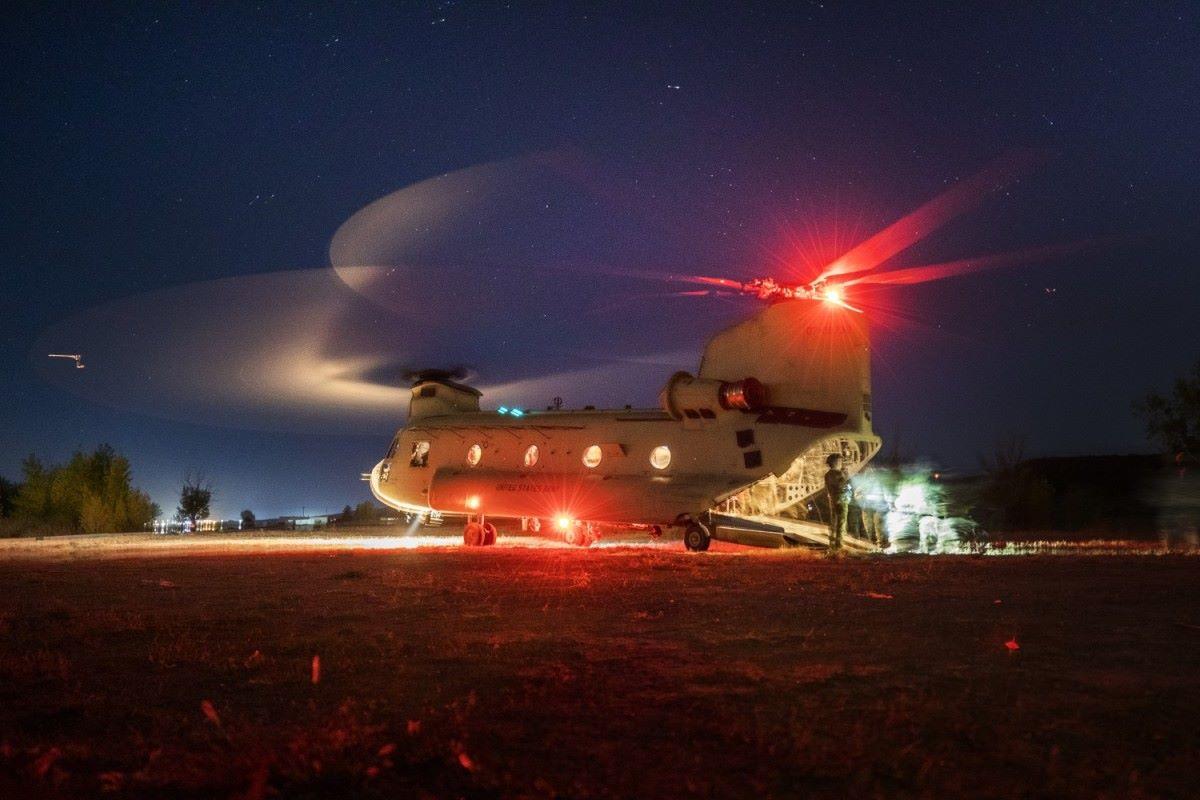
A U.S. Army CH-47 Chinook at Fort Carson, Colorado, in October 2023.
AURORA, Colorado—The U.S. Army is beginning a plan to tailor each of its Combat Aviation Brigades (CAB) to individual missions—assigning more heavy lift CH-47s to certain units while making others lighter with more attack AH-64s or UH-60s—all expected by 2029.
The service rolled out the plan during the Army Aviation Association of America summit here, saying a change away from the current modular plan was needed. Since the early 2000s, the Army has made each of its combat aviation brigades the same with similar numbers of each helicopter.
Maj. Gen. Mac McCurry, commander of the Army’s Aviation Center of Excellence, told reporters April 24 that the current design was needed during the wars in the Middle East because the service needed to rotate the same capabilities on deployments.
But that design is no longer relevant as individual brigades need a different mix of aircraft. A light infantry division, for example, needs to be more reliant on being mobile, so more Black Hawks would be needed. Heavy divisions could lose some of their Black Hawks and increase the number of Chinooks.
Specifically, the Army plans six heavy-lift CABs, three light CABs, one air assault CAB and two “theater-enabling” CABs focused on deploying quickly.
Maj. Gen. Walter Rugen, the director of Army Aviation, said during an April 25 speech that the conversion will begin next year and run through 2029. The bulk of the work is expected to occur in 2027 when “hundreds of aircraft transfers” are expected.
He highlighted the 101st Airborne Division, which will receive a battalion of CH-47Fs for the air assault mission. The unit needs to be “graduate-level Chinookers. I know you’re up for it, but it’s coming. It ain’t going to be necessarily a layup.”
By rearranging the fleet, the Army will increase its total number of CABs to 12. The service currently has 11 full-size brigades, with another smaller unit in Europe that will become a full-size brigade.





